Seems auto credit is not working… not particularly surprised. Looks like I have to do things myself.
Thanks to @Decembermin for allowing me to use their 747-200F Iran Air as a template to work off of and to @XAircraftManufacturer for the original aircraft.
Here it is... the 'silver' special. Get it? Because the aircraft is painted a mostly metallic grey-silver? Yes I know, my humor is cringe.
Refer to in game instructions for controls.
About the Boeing 747
Note: I talk more about the Boeing 747-200F here as well as the passenger variant 747-200 over here
The Boeing 747 is a large, long-range wide-body airliner designed and manufactured by Boeing Commercial Airplanes in the United States. After introducing the 707 in October 1958, Pan Am wanted a jet 2+1/2 times its size, to reduce its seat cost by 30% to democratize air travel. In 1965, Joe Sutter left the 737 development program to design the 747, the first twin-aisle airliner. In April 1966, Pan Am ordered 25 Boeing 747-100 aircraft and in late 1966, Pratt & Whitney agreed to develop its JT9D engine, a high-bypass turbofan. On September 30, 1968, the first 747 was rolled out of the custom-built Everett Plant, the world's largest building by volume. The first flight took place on February 9, 1969, and the 747 was certified in December of that year. It entered service with Pan Am on January 22, 1970. The 747 was the first airplane dubbed "Jumbo Jet", the first wide-body airliner.
The 747 is a four-engined jet aircraft, initially powered by Pratt & Whitney JT9D turbofan engines, then General Electric CF6 and Rolls-Royce RB211 engines for the original variants. With a ten-abreast economy seating, it typically accommodates 366 passengers in three travel classes. It has a pronounced 37.5° wing sweep, allowing a Mach 0.85 (490 kn; 900 km/h) cruise speed, and its heavy weight is supported by four main landing gear legs, each with a four-wheel bogie. The partial double-deck aircraft was designed with a raised cockpit so it could be converted to a freighter airplane by installing a front cargo door, as it was initially thought that it would eventually be superseded by supersonic transports. Freighter variants of the 747 remain popular with cargo airlines.
Boeing introduced the -200 in 1971, with more powerful engines for a heavier maximum takeoff weight (MTOW) of 833,000 pounds (378 t) from the initial 735,000 pounds (333 t), increasing the maximum range from 4,620 to 6,560 nautical miles (8,560 to 12,150 km).
About Flying Tiger Line
IATA: FT
ICAO: FTL
Callsign: TIGER
Primary Hub: (John F. Kennedy International Airport (IATA: JFK / ICAO: KJFK)
Years Active: 1945-1989

A Flying Tiger Lockheed L-1049 Super Constellation, N6921C at a USAF installation in the Pacific on March 15th, 1962. One day later whilst operating a military charter flight as Flight 739, the aircraft would vanish without a trace while en route to Clark Air Base in the Philippines from Andersen Air Force Base (IATA: UAM, ICAO: PGUA) in Guam. All 107 occupants are presumed deceased, making this the deadliest incident involving a single L-1049.

A Flying Tiger 727-23F, N939FT, at Miami International Airport (IATA: MIA, ICAO: KMIA / FAA LID: MIA) in December 1985

A Flying Tiger DC-8-73CF, N4865T, at Hartsfield–Jackson Atlanta International Airport (IATA: ATL, ICAO / KATL, FAA LID: ATL) on April 13th, 1988.
Flying Tiger Line, also known as Flying Tigers, was the first scheduled cargo airline in the United States and a major military charter operator during the Cold War era for both cargo and personnel (the latter with leased aircraft). The airline was bought by Federal Express in 1988.
The company was founded by Robert William Prescott and headquartered on the grounds of Los Angeles International Airport. The airline was named after the Flying Tigers fighter unit of World War II, officially the 1st American Volunteer Group. Ten former AVG pilots, after returning to the United States in 1945, formed the Flying Tiger Line established on 24 June 1945 as National Freight Service known under the name of National Skyway Freight using a small fleet of 14 Budd Conestoga freighters purchased as war surplus from the United States Navy. For the next four years, Flying Tiger Line carried air freight on contract throughout the U.S. and, as the airline expanded, carrying supplies to U.S. troops under Gen. Douglas MacArthur during the occupation of Japan.

Robert William Prescott, the founder of Flying Tiger Line
May 5, 1913 – March 3, 1978

A Flying Tiger Budd Conestoga
In 1949, the Civil Aeronautics Board awarded Flying Tiger Line the first commercial air cargo route in the U.S., a transcontinental route from Los Angeles and San Francisco, California to Boston, Massachusetts. Shortly afterward, the company began chartering passenger aircraft for group travel as well; its Lockheed Super Constellation, Douglas DC-4 and DC-6 fleet comprised the largest trans-Atlantic charter operation through the 1950s.
During the Korean War, Flying Tiger aircraft were chartered to transport troops and supplies from the United States to Asia; Flying Tigers later received a cargo route award to Japan, China, and Southeast Asia. The airline also played a major role in the construction of the Distant Early Warning Line, flying equipment to remote outposts in northern Canada and Alaska.
In 1965, Flying Tiger Line began operating jet aircraft when on September, 27, the first of four Boeing 707 was delivered. The Boeing 707 remained in the fleet only few years, and later sold, upon arrival of the higher-payload Douglas DC-8. The first Douglas DC-8-63F registered as N779FT was delivered to the airline on June 26, 1968 and the other eighteen followed until 1972. In 1974, the airline took delivery of its first Boeing 747. The Flying Tiger Line then put in orders for brand new Boeing 747-200F freighters designated the Boeing 747-249F. Flying Tiger charters became known for carrying a number of unique cargoes, including Shamu the SeaWorld Orca and the torch of the Statue of Liberty.
By the mid-1980s, Flying Tigers operated scheduled cargo service to six continents and served 58 countries. It surpassed Pan American World Airways in 1980 as the world's largest air cargo carrier after acquiring its rival cargo airline Seaboard World Airlines on October 1st 1980. It also operated military contract services, most notably DC-8 routes between Travis Air Force Base, California and Japan in the 1970s, followed by weekly 747 passenger service between Clark Air Base, Philippines, and St. Louis, Missouri via Japan, Alaska, and Los Angeles during the 1980s.
After airline deregulation, stiff competition buffeted profits and, with some unsuccessful diversification attempts by parent Tiger International, the airline began sustaining losses in 1981. Then-CEO Stephen Wolf sold Flying Tigers to Federal Express in December 1988. On August 7, 1989 Federal Express merged Flying Tigers into its operations, and the Flying Tigers name passed into history.
N807FT: Fatal Misunderstanding
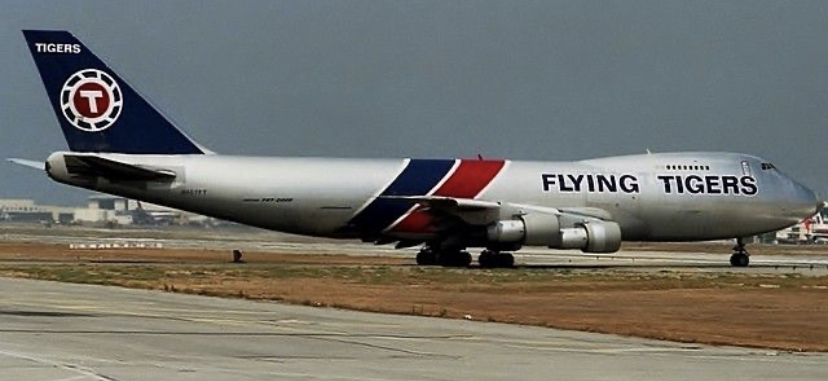
The accident aircraft at Los Angeles International Airport in 1988
N807FT was the registration of a Boeing 747-249F-SCD (Freight-Side Cargo Door) operating as Flying Tiger Line Flight 66 on February 19th, 1989. The aircraft was operating a flight carrying a cargo load of textiles, computer software components, and mail from Singapore Changi International Airport to Kai Tak Airport in Hong Kong, with a stopover in Sultan Abdul Aziz Shah Airport (Kuala Lumpur International Airport) in Malaysia.
The aircraft was on approach to Runway 33 in Kuala Lumpur, around 6AM local time. The sun had not rose and there were localized patches of mist and fog, and part of the ILS (Instrument Landing System) was not working.
During the approach, Kuala Lumpur ATC used nonstandard phraseology when communicating with the aircraft, confusing the crew. The critical point of communication was when Kuala Lumpur ATC radioed, "Tiger 66, descend two four zero zero (2400ft/730m), cleared for NDB (non-directional beacon) approach runway 33."
The captain of Flying Tiger 66 interpreted the instructions not to descend to 2400ft/730m, but had instead interpreted the "two four zero zero" as 'to four zero zero', meaning instead of descending to the intended altitude, the captain believed they were cleared to 400ft/121m. It should also be noted that the first officer did not have an approach plate, which is a chart providing courses, minimum altitudes, and similar items essential to executing approach without impacting terrain. The area around Kuala Lumpur is highly hilly and mountainous, making some approaches risky without proper tools. Once given these instructions, the aircraft began to descend.
During the last minutes of the flight during final approach, the aircraft GPWS system would give an altitude chime (a tone indicating you have descended below your intended altitude), as well as several audible WHOOP WHOOP PULL UP warnings, which went ignored by the crew until the GPWS sounded five times in rapid succession, in which the flight crew realized they were only 100ft/30m from terrain.
The ignorance of the GPWS alarms was likely the result of tunnel vision and task immersion. In addition, the pilots were likely overworked and exhausted from flying back to back routes (Flying Tigers had a reputation for severely overworking pilots to the point of exhaustion). In other words, a complete breakdown of proper CRM.
At around 6:30AM local time, the aircraft plowed into a hillside 7.5miles/12km from the airport, killing all four people on board. The fire would burn for two days before anyone could reach the wreckage. The cause of the accident was attributed to human error, that being the nonstandard phraseology used by Kuala Lumpur ATC and pilot error misinterpreting instructions and ignoring critical warnings.

Pictured: News article showing workers sifting through wreckage of the tail section
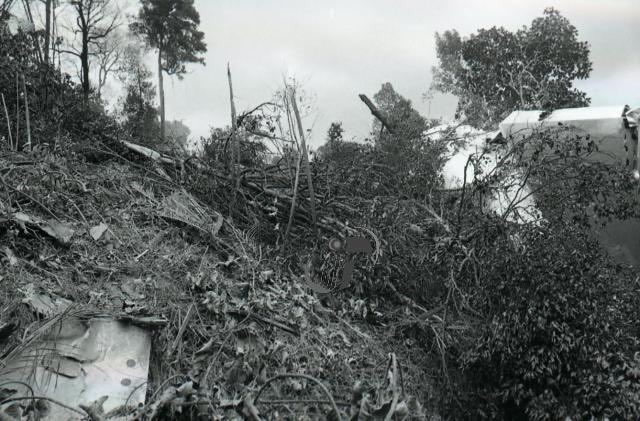
Pictured: Misc wreckage strewn about the hillside.
Continental Airlines, a leader in CRM (Crew/Cockpit Resource Management) at the time, would create an educational video using FT66 as an example of what not to do. The video can be found here.
NEW 5/12/23 FlightChannel Video
CVR Transcript
CVR Recording
NTSB Report
Note: There is no full NTSB final report (as far as I can tell) as this accident happened in Malaysia. This is the most I could find on the NTSB website.
Additional Aircraft Information
Remember... if your aircraft tells you to pull up... it may be best to listen. Safe flying folks.
Specifications
Spotlights
- Inuyasha8215 3.3 years ago
- Spenzerointernational 3.3 years ago
- Decembermin 3.3 years ago
- SheriffHackdogMCPE 3.3 years ago
- Zero0Two2 3.3 years ago
- Canadaball 3.3 years ago
- 929 3.3 years ago
- DJRianGamer2009 3.3 years ago
General Characteristics
- Successors 1 airplane(s)
- Created On Windows
- Wingspan 192.8ft (58.8m)
- Length 225.5ft (68.7m)
- Height 63.3ft (19.3m)
- Empty Weight N/A
- Loaded Weight 130,105lbs (59,015kg)
Performance
- Power/Weight Ratio 5.44
- Wing Loading 20.4lbs/ft2 (99.5kg/m2)
- Wing Area 6,386.4ft2 (593.3m2)
- Drag Points 19714
Parts
- Number of Parts 383
- Control Surfaces 5
- Performance Cost 2,347

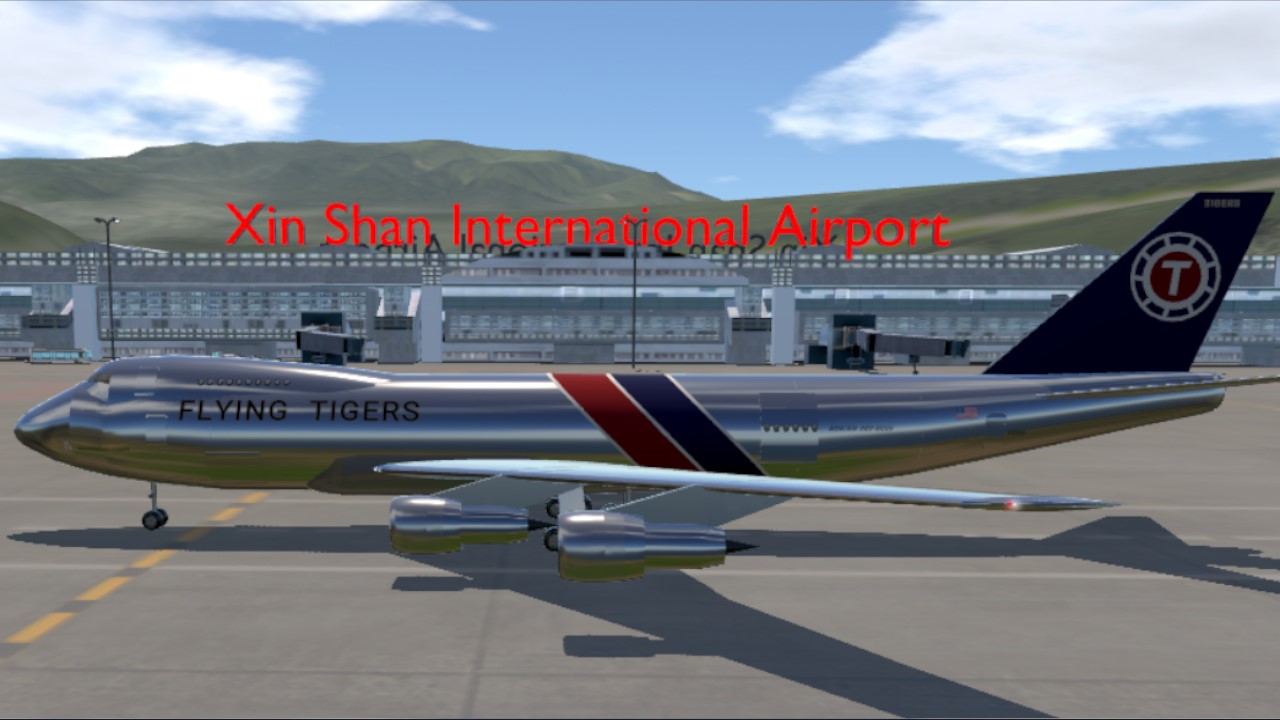
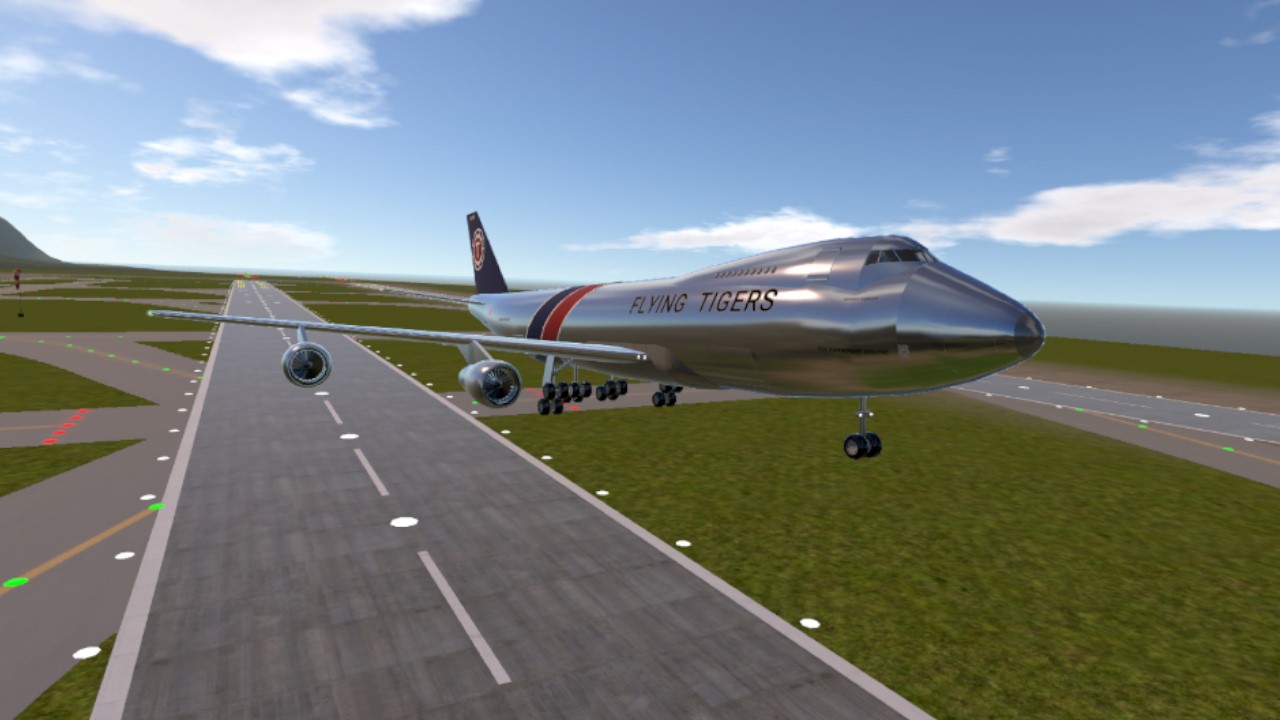


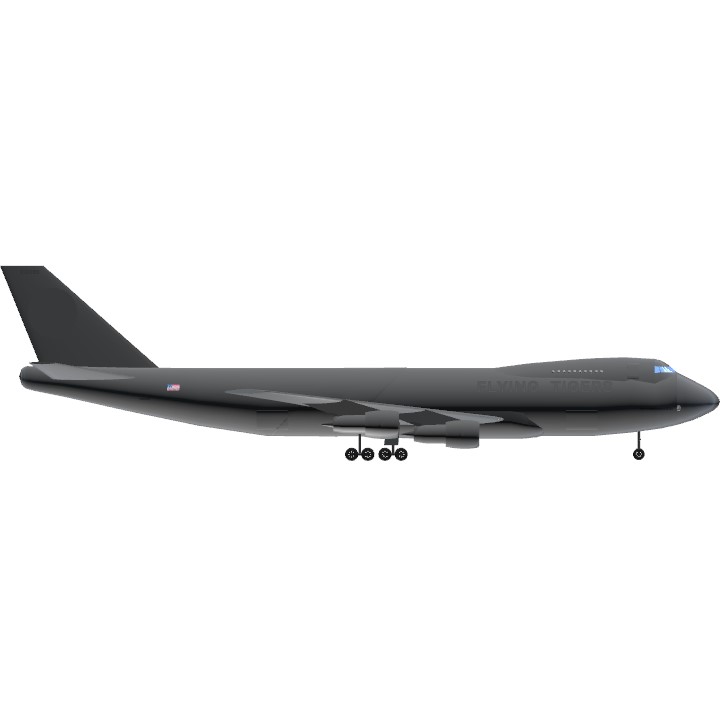
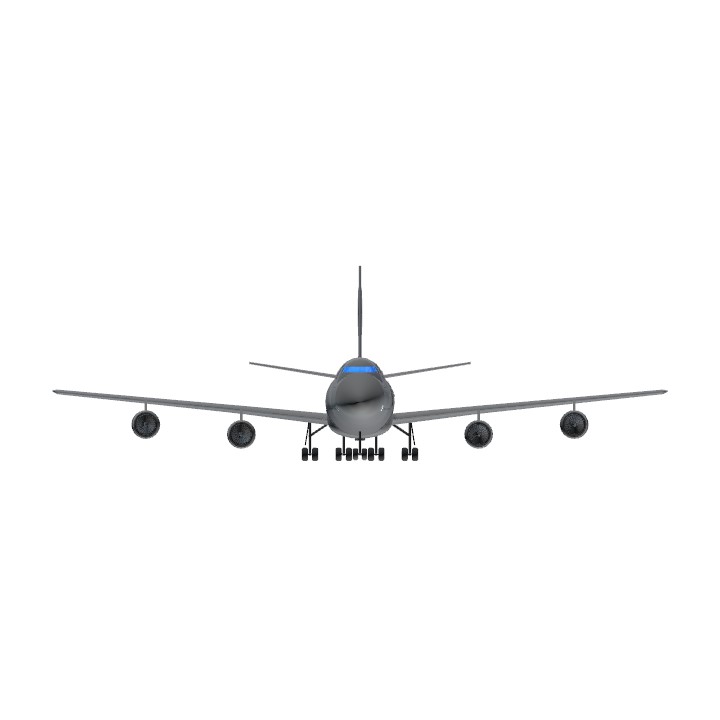
Comments Link
@Decembermin @XAircraftManufacturer
@SimpleplanesJP11 @TheFlightGuySP @CanadianAircraftBuilder
@WINGSIRON @IICXLVIICDLXXXIIIDCXLVII
Nice details, nice performance, you deserve an upvote
@NOTDragonCrafting
Regrettably, the Pan Am logo is very difficult to make and is outside of my skill range at the moment. Worry not though, I still have plenty of 747 plans.
Can you make a pan am version of this?
@EpicBullDog
Thank you!
this is good!
@CanadianAircraftBuilder
I uhhh….
I actually struggled a lot. The two stripes were almost impossible to get right and I got to a point where my brain just could deal with my ocd anymore and just said ‘yknow what? Leaving it like that, I don’t care anymore’
Then there was the tail logo which kept having parts auto reconnect meaning the rudder would stop moving… then the rear right aft cargo door…
Then there’s the overall color of the aircraft itself. Like I tried to find a good fit, but without a preset texture, it’s very hard. In all the reference photos I was using, there was scratching and rusting on the paint, but I could only change the metallic/smoothness. I wish there was a texture option (like if you’ve ever played spore, there’s preset textures you can apply to objects then paint them)
Then I had to replace each engine individually with PW JT9Ds to make it look more like a classic 747-200.
There was a point making the logo on the tail and… imagine taking a 2D circle cutout, placing it flat on the floor, and spinning it. Now imagine the vertical stabilizer surface as the floor and one of the circles that makes up the logo as the 2D cutout. There was a good 30 minutes at one point where I was struggling and getting genuinely angry because I could quite get the rotation right… then I realized it didn’t matter how much I rotated it on that axis because it’s a circle 💀
For someone without a skill issue, definitely easy. For me? Uhhh…. Hell.
@rexzion
Nuh Uh!
No un folloer bill! No on folloier builde!
where is 1 folwer specal